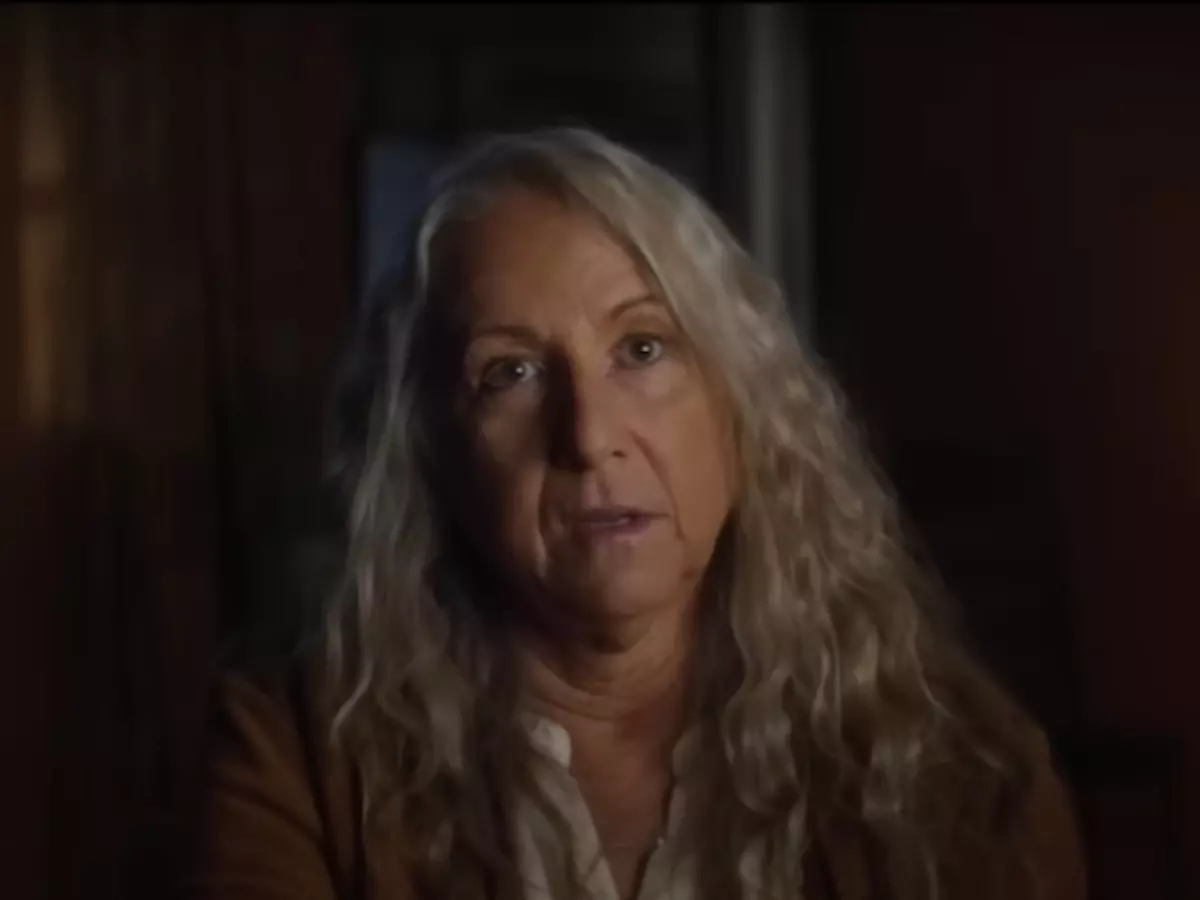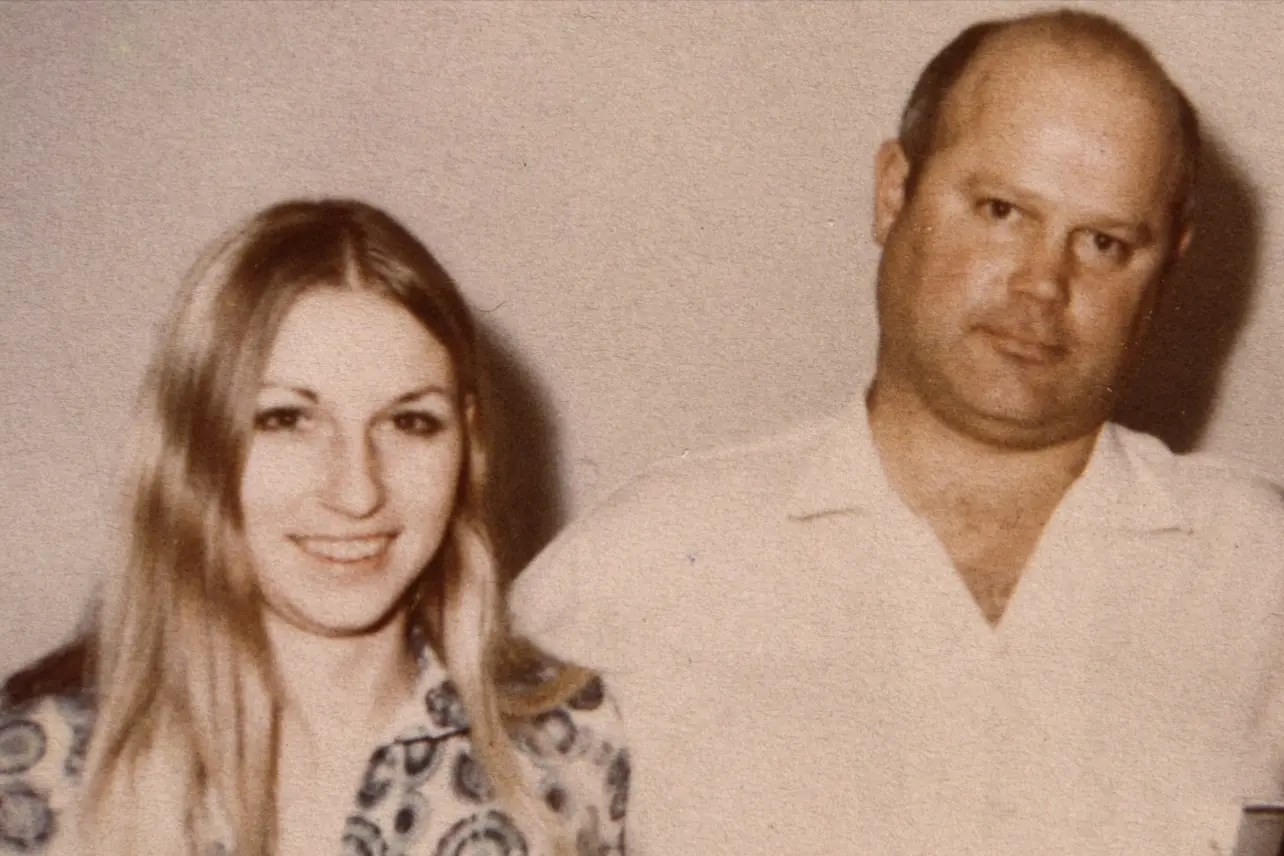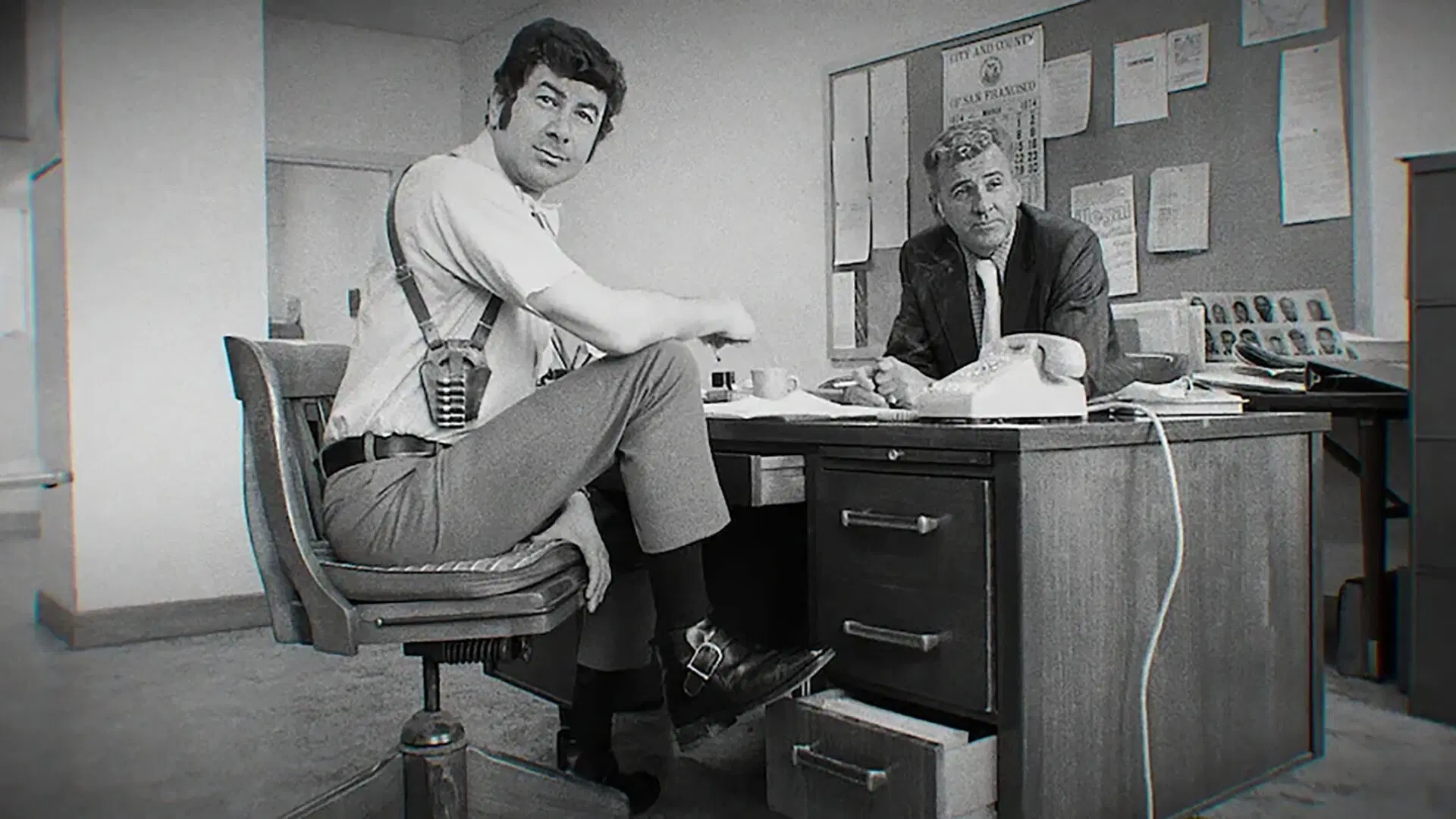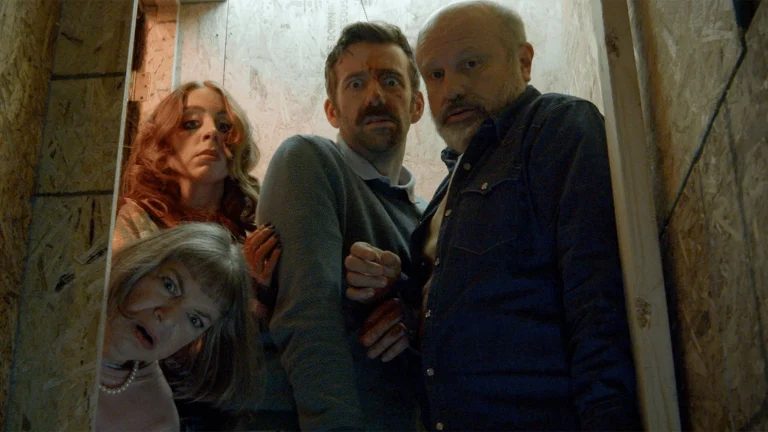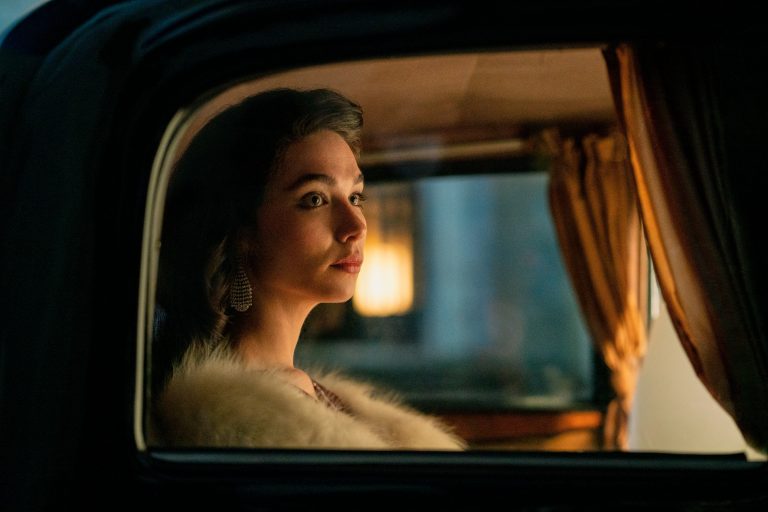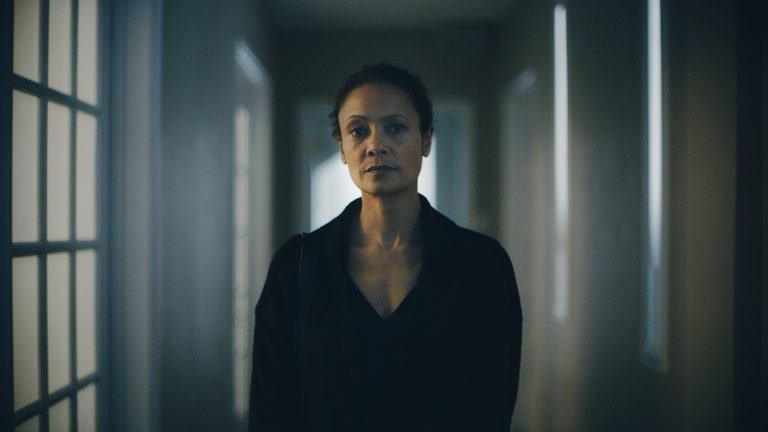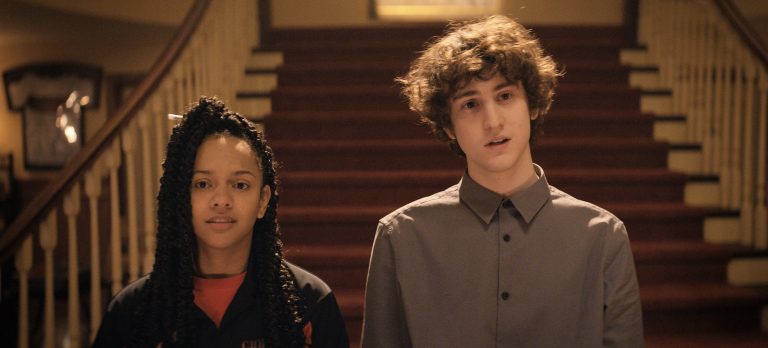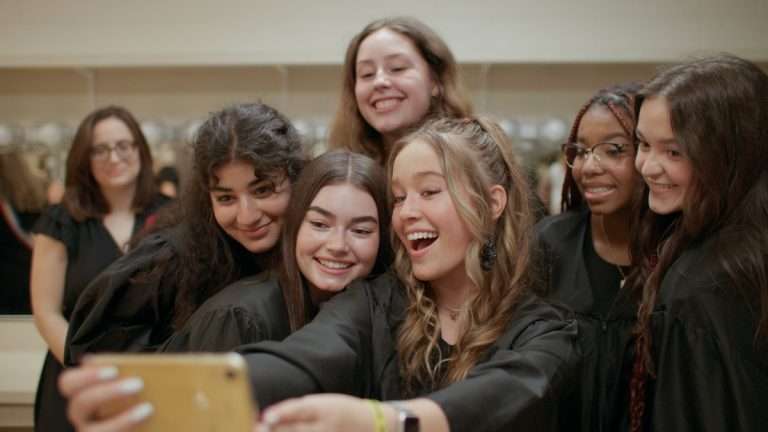“This is the Zodiac Speaking” (2024) docuseries explores the most famous “unsolved” serial killer case in history. The Zodiac killer was notorious for having murdered five victims in the San Francisco Bay Area in the late 1960s. He would send in messages as ciphers to regional newspapers, where he would threaten with a murder spree or bombings if they wouldn’t be printed. To this day, The Zodiac Killer case remains an open investigation, with at least two of the ciphers still remaining unsolved and the latest cipher to be decoded was as late as 2020.
This is the Zodiac Speaking (2024) Docuseries Plot Summary:
Who was the Zodiac Killer?
The nom-de-guerre was used by an unidentified serial killer who struck his spree of murders in the late 1960s—specifically from December 1968 to October 1969. The identified and known attacks took place in Solano County, California, specifically in the cities of Benicia and Vallejo, then Napa County, before finally expanding to San Francisco proper.
The Lake Herman Road Murders (the murder of Betty Lou Jensen and David Arthur Faraday) on December 20, 1968, and the Blue Rock Springs Murders (Darlene Ferrin and Michael Mageau) on July 4, 1969, would be the two major murders that would be committed before the Zodiac Killer would first send the first set of three letters to the San Francisco Chronicle, the Vallejo Times Herald, and the San Francisco Examiner. He would begin the letters with a salutation of “This is the Zodiac Speaking” and would end his letters with a symbol resembling the crosshairs of the scope of a gun. Each of these letters included one-third of a 408 cryptogram that apparently contained his identity. Out of the four cryptograms or ciphers that had been sent from 1969 to 1974, two had been solved. The latest was solved in 2020.
After a series of murders suspected to have been committed by the Zodiac Killer, the Zodiac Killer would remain silent for over three years. His last letter from Lake Tahoe would be addressed to Paul Avery and sent in 1971, where he would take credit for the murder of Donna Lass and her disappearance. As of 2024, a connection between Lass and the Zodiac Killer hasn’t been definitively established. The last confirmed communication or letter between the Zodiac killer would be in 1974, where he would take credit for over 37 murders, and he would also establish a lot of early murders having taken place in Southern California, including one by Cheryl Jo Betts of Riverside, California, in 1966.
Who was Arthur Leigh Allen?
The only prime suspect ever to be named by the police but never definitively convicted for the murders was Arthur Leigh Allen. A former officer in the Navy, Allen lived in Vallejo and worked as an elementary school teacher, and in March 1968 he would be fired from his elementary school teaching job on account of sexual misconduct with students.
On September 27, 1969, Allen was reported to have been in the vicinity of the location at Lake Barrysea, where Bryce Hartnell and Cecilia Shepherd were picnicking. The killer would be described as wearing an executioner-style hood, having clip-on sunglasses over the eyeholes, and a bib-like device on his chest that had the zodiac symbol on it.
After instructing Shepherd at gunpoint to tie up Hartnell before doing the same to her, the Zodiac killer stabs the two of them repeatedly, with Hartnell suffering six wounds and Shepherd ten. He would then write the location, as well as the dates of the murders he takes credit for, over Hartnell’s car with a black felt-tip pen before signing off with a symbol. When interviewed by Detective John Lynch of the Vallejo Police Department on October 6, 1969, he stated as the alibi that he had been scuba diving at Salt Point on the day of the attack.
Allen would again come under scrutiny in 1971 when his friend Donald Cheney testified that Allen had confessed to his predilection of murder, as well as taking the Zodiac name as a calling card, and would apparently use a flashlight to secure a firearm for executing the deed at night. This conversation with Cheney, where Allen would specify “pick off the kids as they were coming out of the school bus,” sounded similar to a letter sent by the Zodiac killer and would occur around January 1, 1969. He would be interviewed by the police in 1971, while a search warrant would be conducted at his residence in 1972.
In 1974, he was arrested for having engaged in sexual activity with a 9-year-old and sentenced to Atascadero State Hospital for over three years for evaluation and treatment. Many theorists and investigators connect the lack of Zodiac activity around that time to this incident. He would be given a suspended prison sentence and five years of probationary service in 1977, which he would complete in 1982. In 1990, a search was conducted at his house, where police found four pipe bombs, one primer cord, seven railroad torpedoes, designs on how to make a bomb, and a Royal Manual typewriter with a design consistent with some of the Zodiac letters. But since the items did not directly link him to any of the victims or the crimes, he wasn’t charged.
In 1991, after having moved to his mother’s house, he would give his final interview to KTVU reporter Rita Williams, where he would express his innocence and his rage at still being considered the suspect. The interaction between Williams and Allen would affect him enough for him to write a letter to her that apparently shared a lot of similarities with the writing styles of the Zodiac Killer, including grammatical errors and the tendency to construct imaginary words out of existing ones. Williams would maintain, and as the documentary would show, she still maintains that she had actually interviewed the Zodiac killer. On Thursday, January 27, 1992, Arthur Leigh Allen died from a hematoma on the head.
Who were the Seawaters?
The docuseries not only recaps most of the details I had written about but also includes archival recordings of Detective Toschi, as well as interviews with detectives who worked on the case in the 90s and with Robert Grayson, the political cartoonist and the amateur investigator of the Zodiac murders who would be depicted on film by Jake Gyllenhaal in David Fincher’s 2007 film “Zodiac.
The Fincher film is not just responsible for introducing newfound interest in the Zodiac case, but in the documentary itself, where some of the reconstruction of the events seems very much like the scenes of the movie verbatim taken for the documentary, with new recreations spliced in. The Seawaters, introduced in this documentary, were residents of Atascadero. Donald, David, and Connie Seawater were the eldest of seven kids raised by Phyllis Seawater.
Connie Seawater in particular would be responsible for ensuring their father Paul Seawater would be sent to prison on account of sexually assaulting her when she was all eight years old. When they were enrolled in Santa Rosa Elementary School, they would meet the first role model and the male teacher who would become one of the principal presences their entire life—their elementary school teacher, Mr. Allen. By the time Allen started tutoring Connie and giving the three of them rides home at night, Allen would meet Phyllis Seawater and strike up a relationship with her.
According to the Seawaters, Allen had been an amazing swimmer, and he would always be around the water, diving for clams, and swimming. Allen had been a state champion platform diver, and he would teach the three Seawater kids how to dive. More importantly, in school, he would be teaching kids how to break codes and decipher cryptograms, even creating essentially a version of a cryptogram with different symbols chosen randomly by the children, corresponding to each letter of the alphabet. He also had been a man of eclectic taste in terms of music, and his love of “Mikado” seems to be one of the many attempts of the docuseries to double down on the Arthur Leigh Allen train.
Was Allen involved in some of the notable pre-Zodiac killings?
On June 4, 1963, Allen would take the three eldest kids on a road trip to the coast, as he would be going scuba diving. That trip would traverse them from Ascaduero to Lompoc Commissary at the military base, where Allen would stock up on beer and presumably some tools, before driving to the Tajiguas Point (Salt Point) at Santa Barbara. While the kids would play around that coast, Allen would walk down the bluff to a specific area. He would later return hours later, with something on his hands, stained blood red. Allen would drive away quickly from that location, and this testimony puts Allen as definitively responsible for the murders of Robert Domingos and Linda Edwards.
According to Don Seawater, Allen would later shift his trailer abruptly from Atascadero to Vallejo in Northern California, though he still would pay visits to the Seawaters. In 1966, he would call up Phyllis and request that she send Connie with him on an overnight trip, and Don understandably didn’t want his sister alone and chose to accompany her. So on October 28, 1966, he would pick up Connie and Donald to travel down to the racetrack at Riverside to catch the rally races. They would take a six-hour drive from Atascadero to Riverside, starting at 4 o’clock, reaching Riverside in the morning and hanging out the entire day there, before finally booking a hotel where the kids would go to sleep very early.
According to David’s testimony, he had been drugged, and that night Connie would be driven by Allen to Riverside College, where she would explore the college. When they return, Connie is drugged and apparently molested by Allen before finally regaining consciousness on the morning of Halloween, hurriedly woken up by Allen, and driven out of there like a bat out of hell. This testimony also clearly doubles down on the Cheri Jo Bates murder being a “practice run” for the Zodiac killer, because Bates would disappear that night from the Riverside College library annex at around 10:30 pm, her body found between two abandoned houses slated for demolishment, brutally stabbed and murdered.
The Seawaters would not be directly involved when the Zodiac killings would occur, but they would come into contact with Allen once in 1972, and once when Connie received a letter from Allen when he had been admitted to Atascadero State Hospital due to the sexual engagement with a nine-year-old. Apparently, during that time, the younger Seawater siblings would visit Allen, with their mother stating he had been admitted there on account of something “violent.”.
Does Allen confess to the killings?
In 1991, Connie would return to California and reconnect with Allen after having seen his interview with Williams. Connie believed his innocence regarding the Zodiac killer and was presumably unaware of the true reason for being in the state hospital. He would also ask her whether she was ok, and her reply in the affirmative would surprise him, presumably because he would have been afraid she remembered the assault predicated on her years ago. Allen decided to leave his sailboat in her name, and when they were hanging out on the sailboat, Connie would ask whether he had been the Zodiac killer, and he doesn’t explicitly deny that.
Allen would be on dialysis, and Phyllis would have evidence regarding his predilections that she promised Donald she would reveal but only after his death. Donald’s explosive request comes hot on the heels of his younger sister Melody learning the truth about Donald’s imprisonment, as well as him finally calling Allen and Allen confessing to Donald on the phone not just his transgressions as a child molester but also on drugging Donald and Connie way back in 1966, molesting Connie, before finally admitting to Donald that he was the Zodiac killer.
How does “Zodiac” the film influence the siblings?
But his siblings do not believe Donald, while his mother, according to Donald, clearly had been an accomplice to all the crimes committed. According to Donald, their mother’s reticence in revealing any sort of evidence she might have had under her possession would be due to the black mark that would be represented by her character. However, Donald’s proclamation would not be believed by the siblings, and there would be a fallout that would only be reconciled after the release of David Fincher’s film “Zodiac.”.
Due to Fincher’s heavy research and his conviction in shooting at almost the exact locations, it jogs the memory of both Connie and David. When the three siblings finally reconnect, their conversations lead to them slowly starting to put the pieces together. They had all gone to Blue Springs, Berryessa, and they had been at someone’s house a few blocks away from the Stine Murder. They realized that they had invariably designed the hood worn by the zodiac for Mr. Allen.
This is the Zodiac Speaking (2024) Docuseries Ending Explained:
What new evidence does this documentary produce?
In February of 2017, Phyllis Seawater, who had refused to see the movie and stuck up for her partner Allen till the end, passed away. A search around the house would reveal a box of letters sent to Allen by their mother and his replies back to her, along with their exchanges. Some of the letters that had been excerpted in the documentary were especially revealing, with the most revealing one being “the most dangerous thing is when I almost decided to confess,” or in lines revealing his sociopathy when he would refer to how the Zodiac killings had stopped because he was admitted to the hospital. It even references how Arthur believes he bottles up his anger until it explodes, leading to a horrific fallout that the public is better off not knowing about.
In 2017, in a History Channel documentary, one of the Zodiac ciphers would be deciphered, at least a line, which revealed a name—Connie Henley. While that name would be of no help to the investigators, the Seawaters knew immediately that Connie had been the target. The Zodiac had been known to change or type incorrectly deliberately, and Phyllis’ maiden name had been Helnsley. That had been too close for comfort. The letter delivered in 1973 corresponds to Allen calling up Connie when she had been married and living in Albany and proposing to come and get her for a trip, to which she had refused. Connie believed that he would stop calling after that, primarily because he had been jealous of her then-husband.
Post the death of Arthur Leigh Allen, a portion of his brain recovered from the autopsy would be utilized by the Vallejo PD, under the leadership of Detective DiStefano, to produce a complete DNA profile and essentially catapult the Zodiac case to the modern era. The long ongoing case would also lead to the police taking the aid of amateur sleuths and Reddit investigators. Tom Voigt, a Zodiac researcher, for example, reveals that Allen had an absence slip from November 1st, 1966 when he had been an elementary school teacher, the day after the Riverside College murder of Cheryl Bates. The 2020 solving of the 2340 cipher by the Zodiac killer further proves the veracity of the case being cold but not entirely dead.
Connie’s son, meanwhile, during the era when David and the rest of the siblings wouldn’t be talking, would be hanging out with Allen. This would be a year before the passing of Allen. While on a drive with Allen, to take out a spare tire to replace the flat one, David would notice a knife on the backseat, wrapped in clear tape. When asked about the knife, Allen would gift the young David Peuter with the knife.
Forensic investigator Suzanna Ryan would investigate the rusted knife and confirm the presence of blood in the handle, as well as construct a minimal profile from partially degraded DNA where she would be able to identify a dominant contributor. A more major profiling could only be done if DNA could be compared of either victims or suspects. The knife has apparently been shared with Napa, Vallejo, and Riverside police departments. The investigation is still ongoing.
Three weeks after having shared all the information with the documentary team, David passed away due to cancer at the age of 73. While the case is still ongoing, technological advancement shines a light of hope towards a form of closure, and while this documentary isn’t remarkable in terms of form, the information it conveys carries an air of legitimacy that would further contribute to the investigation as well as to the zeitgeist at large.

